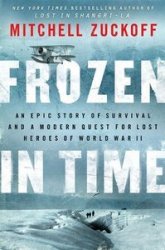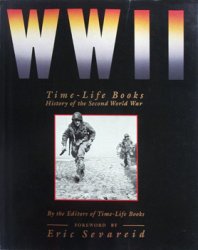Noted American historian Samuel E. Morison penned these words about the efforts of Norse sailors to navigate in the wide and wild North Atlantic wilderness.
How could one cross the Atlantic and return with no compass? The Norsemen managed it by what through the ages has been called "latitude sailing." Once having found the Faeroes [islands], Iceland, and Cape Farwell of [southern] Greenland, the Norse navigators took the latitude of each place by crudely measuring the angular height of the North star—and you can do that with a notched stick. So, in preparing for an Atlantic voyage, they sailed along the coast of Norway until they reached the presumed latitude of their destination, then shoved off and sailed with the North Star square on their starboard beam by night.... In thick [cloudy] weather they had to steer "by guess and by God." When the weather cleared, their crude instrument called the "sun shadow-board" was broken out. This was a wooden disk on which concentric circles were marked.
. . . Floated in a bowl of water to make it level, this shadow-board at high noon would give a rough latitude, indicating how far the ship was off-course, and enable her to get on again.
Samuel E. Morison, The European Discovery of America: The Northern Voyages, A. D. 500-1600. New York: Oxford University Press, 1993, p. 34.

This authentic modern replica ofLeifErikson's ship, the Icelander, is on display to the public in Keflavik, Iceland.
The voyagers made it to at least three locations in northeastern North America. The first—the mountainous place with the glacier that Bjarni had seen on his earlier trip—they named Helluland, or "Flat Stone Land." The consensus of modern experts is that it was Canada's Baffin Island. Next, they reached a heavily forested region that Leif named Markland, meaning "Woodland." This was probably Labrador, also in what is now eastern Canada.
Two days after departing Markland, the explorers came to a country where it seemed that the winters were mild and the rivers filled with salmon. "They decided to winter there and built some large houses," the Greenlanders'
Saga says. They called the tiny village Leifsbudir, or "Leif's Camp." The same document claims that a few days later, while exploring the area, one of the men, named Tyrkir, made a crucial discovery. "I have some news," Tyrkir said. "I found vines and grapes." Leif asked, "Is that true?" And Tyrkir told him, "Of course it is true. Where I was born there were plenty of vines and grapes."66 According to the story, the finding of the grape vines inspired Leif to call the place Vinland.




 World History
World History









